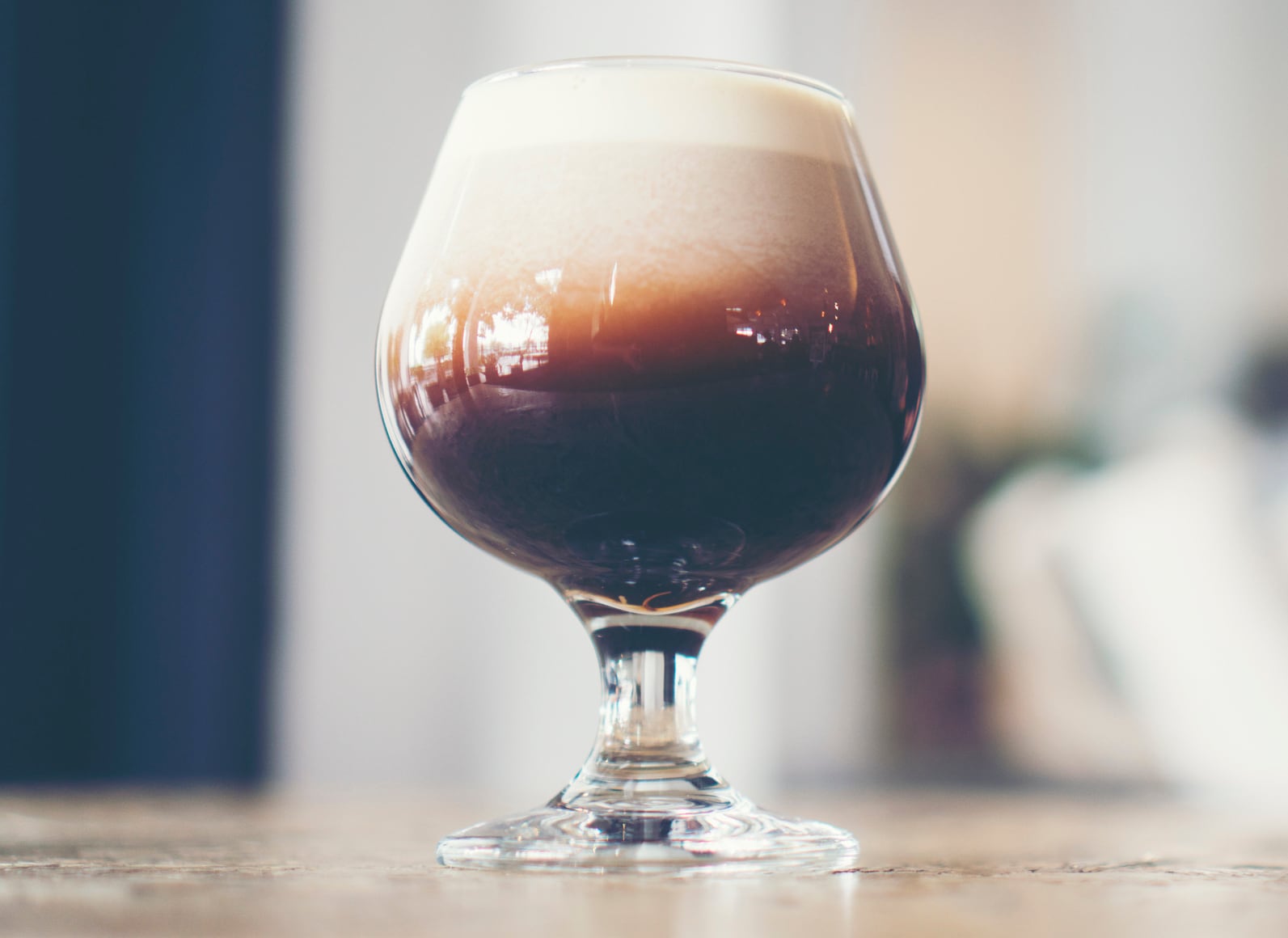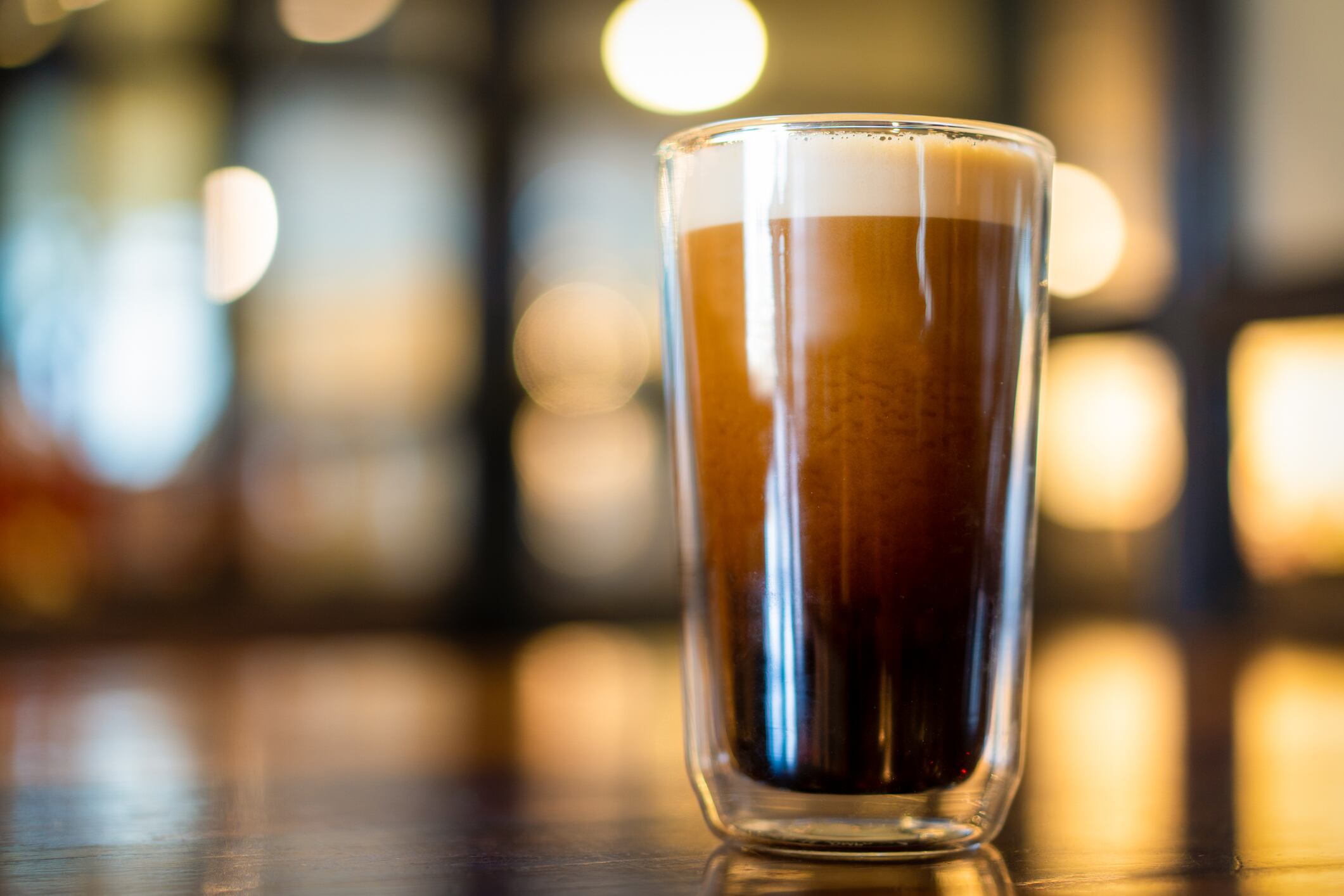Globally, increased consumption of RTD coffee has been as a result of consumers’ rising health awareness and their search for alternatives to sugary sodas, according to Zenith Global’s RTD coffee innovation report. Meanwhile, energy remains a top attribute when it comes to functionality, with coffee offering a natural pick-me-up.
We take a look at the top RTD coffee trends shaping the category today - and those that could define it in the coming years.
Chilling out with cold brew
Cold brew coffee has been moving from niche to mainstream, particularly in North America. Cold brew is made by steeping coffee grounds in cold-to-room temperature water for 16-24 hours. The resulting coffee is reportedly less acidic and more highly caffeinated than normal iced coffee.
Craft coffee championed cold brew for many years, but in March 2015 Starbucks introduced cold brew coffee to its menu in thousands of outlets across the US, followed by the coffee giant’s entry into the cold brew RTD coffee segments.
“Although the market is becoming increasingly crowded, there still remains considerable scope for innovation, be it within processing, packaging, flavours, added functionality, nitrogen-infused offerings or even introducing alcohol in the growing spiked or hard coffee trend,” says Christina Avison, Insight Manager and author of Zenith Global’s RTD Coffee Innovation Report.
Going nitro

Nitrogen infused coffee is another trend that’s emerged from the US café culture. “First introduced into coffee bars in 2011/2012, Stumptown Coffee Roasters installed nitrogen taps at its cafes in 2013,” observes Avison.
“The coffee roaster also introduced its nitrogen-infused coffee in RTD format in 2015.
"In the same year, Caribou Coffee brought out nitro coffee on tap and Starbucks became the largest chain to serve nitrogen-infused coffee, a cold brew beverage known for having a rich, creamy mouthfeel and sweet flavour.”
Nitro launches continue to hit the shelves in force in 2020.
Fizzing up coffee
Carbonated coffee is another area of innovation. In 2015, Venice Cold Brew was unveiled in the US which combines cascara with sugar, sparkling water and cold brew coffee, and launches have been gathering pace since.
“There could well be seasonal changes in demand for this type of beverage, which may appeal more in the summer months as a refreshing energy boost and interesting alternative to other soft drinks,” says Avison.
RTD coffee has been a steady performer with a growth rate above that of soft drinks in recent years.
In fact, global RTD coffee consumption is expected to reach around 6.6bn liters at the end of 2022 (thanks to a CAGR of 3.8%).
Functional fun
The health and wellness trend is a key driver of RTD coffee sales, with consumers looking for healthy alternatives to carbonated soft drinks. Meanwhile, an aging energy drink demographic is looking for an alternative ‘pick-me-up’ to fuel busy lifestyles.
Functionality plays a stronger part Asia Pacific, as players in this more mature category seek to offer something different to their competitors.
Back to black
Black coffee, while not a new concept, is holding its own in the RTD coffee segment.
“RTD coffee drinks combining coffee with milk were originally the most prolific in terms of new product launches in most markets, however, in recent years, an increasing number of black coffee drinks have made it to the market place, offering low calorie credentials to health-conscious consumers and appealing to a growing cohort of coffee purists,” says Avison.
“The growing number of lactose intolerant consumers across the globe may also prove a keen audience for such black coffee beverages.”
Looking forward: Emerging RTD coffee trends
Single-origin: Take for example Verve Coffee Roaster’s Single Origin Flash Brew, which started with a limited edition Ethiopia Sakaro ‘for the coffee fans who are committed to every cup of coffee being a flavor journey with a specific origin connection’.
Hard coffee: California start-up Bomani has launched an 5.7% ABV alcohol-infused cold brew coffee that ‘marries together two of the fastest-growing subcategories in the beverage industry: cold brew coffee and sugar fermented alcohol (the same alcohol found in hard seltzers).
Plant-based innovation: Tapping into the plant-based trend is Los Angeles-based plan-based shakes brand Koia. It has launched a line of RTD coffee drinks, made with plant-based protein (from a blend of brown rice, pea and chickpea), MCT oil and coconut milk.
Coffee cola: Coca-Cola and PepsiCo are both tapping into coffee’s popularity with coffee-cola blends.
Big brands: Big brands such as Starbucks and McDonald’s have been on-trend with RTD coffee for several years now, but Coca-Cola’s acquisition of Costa Coffee will help take the category up a notch with its launch of Costa Coffee RTD beverages which launched last year.

